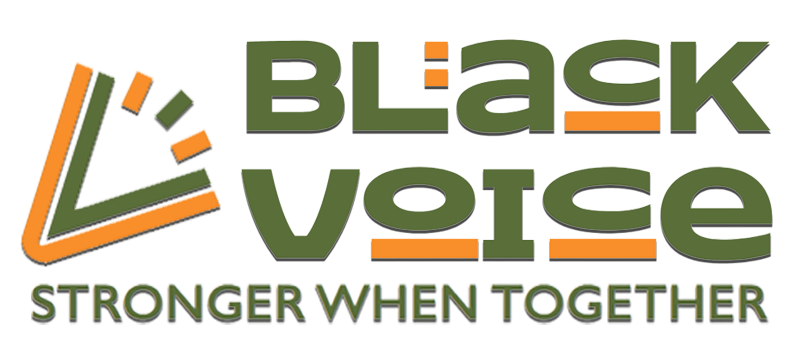Toronto’s cityscape is more than just sleek glass towers and polished gallery walls; it’s a raw canvas of everyday resistance. Nowhere is this truer than in neighborhoods like Queen Street West’s famous Graffiti Alley, Kensington Market, Parkdale or Little Portugal, where Black streetwear and graffiti culture converge to shape narratives of identity, resistance and creativity.
Style Painted on Stone Walls
Streetwear and spray paint go hand-in-hand in Toronto’s visual dialogue. Grassroots brands and underground collectives repurpose city walls, fire escapes and basement storefronts into immersive galleries. Their murals become mood boards for streetwear trends like bold African-inspired patterns, hand-me-down sneakers reimagined with lacquer and slogans that echo in hoodie prints and bucket hats.
This is art that isn’t framed, it’s worn and walked in. Sun-bleached tees, hardwood deck caps and cargo pants become moving billboards that amplify Black voices on sidewalks, underpass pathways and shadowed laneways. Each outfit becomes a visual extension of the mural behind it and vice versa, embodying the synergy between fashion and paint.
Graffiti Alley: Rush Lane as Black Canvas
Between Spadina and Portland, just south of Queen Street West, lies Graffiti Alley (officially Rush Lane), a three-block kaleidoscope of colour, commentary and protest. Long celebrated by locals and tourists alike, the alley was designated an area of municipal significance in 2011 thanks to the advocacy of businesses and artists, including Black creatives pushing for permission to paint freely.
In 2020, during the peak of Black Lives Matter protests, Graffiti Alley took on a new purpose. The “Paint the City Black” initiative, organized by Black graffiti artists Jessey Pacho, Moises Frank, Yung Yemi and others, transformed the alley into a living mural dedicated to Black lives, from portraits of George Floyd and Breonna Taylor to powerful slogans such as “No Justice, No Peace.”
Here, style meets purpose: artists wearing rugged streetwear like hoodies, Carhartt jackets and baggy cargo worked through the night, turning walls into protest signs and resistance becoming a runway. The effect? Sidewalks became exhibition spaces where fashion and message walked the same beat.
Kensington Market & Augusta’s Black Lives Mural
Around the corner in Kensington Market, Black artists again took over the streets with public art. In June 2020, a collective led by Yung Yemi painted the iconic “Black Lives Matter” block-letter mural on Augusta Avenue. Each letter was created by a different artist—reflecting both diversity and unity with the project being fully self-organized and funded by the Art Gallery of Ontario.
In this gritty, repurposed neighbourhood, streetwear thrives, like second-hand bomber jackets, loose-fitting jeans and crisp white sneakers. These outfits are both tribute and tool, canvases for embroidered patches, political pins and bold graphic prints that echo the messages painted on walls. Fashion and art amplify each other’s narratives.
Kensington Market is also home to many second hand stores lined up side by side selling streetwear clothing.
Parkdale & Little Portugal: Hidden Black Gems
Beyond the mainstream lanes, Parkdale and Little Portugal host lesser-known murals by Black artists like Elicser Elliott, Canada’s leading aerosol artist. His signature soft, whimsical characters whether it be people, animals or blends of both, bring tenderness to brick and cement, interrupting the urban grind with empathy and community. Outfits worn by local youth mimic his aesthetics: pastel hoodies, netted hats and sneakers.
Little Portugal’s laneways also whisper with Afro-Caribbean influences. Cadenced lyrical graffiti and icons rooted in ancestral stories, like Phillip Saunders’s murals celebrating Black women, or Curtia Wright’s vibrant portraits of Black queer femmes at 529 Oakwood Avenue, add depth to Toronto’s street art scene. Their art becomes fabric inspired. Caps and tees are screen-printed with reinterpreted motifs: bold florals and lyrical lines.
Street Art as Everyday Resistance
What makes these spaces, or this block gallery powerful is how resistance walks among the people. These are not stories told but kilned into the asphalt. Graffiti Alley, for instance, continues to shift, ebb and grow; it’s a living protest. Some murals honor lost community members like Jamal Francique or pay homage to Martin Luther King and James Baldwin. In crafting these walls, Black artists claim space at every level: municipal, cultural and sartorial.
Meanwhile, streetwear spreads the message further. A block-print hoodie reminds you of the mural; a cap worn backstage at a music venue references the same protest slogans. The synergy becomes immersive.
Why It Matters
In Toronto, the city isn’t just a backdrop for Black stories, it’s the storyteller. Streetwear and graffiti are culture, protest, prayer and celebration. Walls and wardrobes invite us in.
Do you see a mural? Think of its story. Do you wear the brand? Think of its lineage. Everyday resistance isn’t always loud; sometimes it’s painted in pastel, drawn into the seam of a cap, or worn as a reminder that even when institutions ignore us. The block hears, remembers and reflects us back.
Toronto’s street art, such as Queen West’s Graffiti Alley, Augusta’s Black Lives mural, or Parkdale’s hidden gems, act as open-air galleries curated by Black artists in and beyond fashion. These are not just aesthetics. Through paint and pattern, local walls and wardrobes create a narrative that cannot be ignored.
